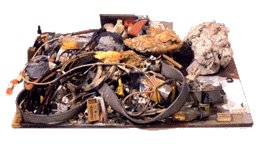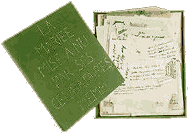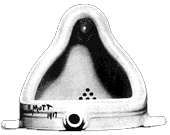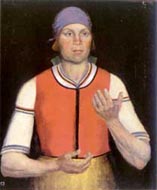With so called 'media art' (mainly electronically generated art or by means of electronic apparatus materialized art) one could say there is a completely different and new (modern) technique involved: a new material and a new means. This is only true for a small part because the real new (modern) properties of this kind of art were explored long ago by numerous artists of the period at the beginning of the 20th century and (in a certain relation) even before that era.
The medium is not (and should not be) the message and 'the message' has been, for over a period of a century, clearly embedded in the art world: the message is personal and subjective, while in pre civilized art or non western art and classical art the message is communal and /or authorized.
There always has been a certain 'free space' for personal involvement: both in classical and traditional art as well as in modern art, but there was also a boundary in the ways art could function, even at the end of an age of modernism in art.
Techniques
Mostly modern (and classical or traditional) art is classified by the
use of materials, techniques, styles, genres and chronology. It is arguable
however in which respect a picture (painting) from Rafaël (Pope Leo
X with his nephews, 1518); Rembrandt (Jacob blesses the son of Joseph,
1656); Gauguin (Moon and Earth, 1893) and Bacon (Study for selfportret,
1982), are different really.
Obviously there is indeed the difference of the era, but that doesn't
say that much about tradition. (which is of course developing in evolutionary
terms)
Techniques are roughly comparable as well as the shape and dimensions
of the works: ment to hang from walls, where pictures belong. The real
difference is clearly the 'growing' free space for personal involvement.
If on a later stage in 20th century art the 'conceptual' art (conceptualism)
is considered then it is plausible that this kind of thinking could have
been a way to deal with a traditional function af art, but once it comes
to materializing it's almost impossible to point out the real difference
between art from earlier periods and this conceptual period in most cases.
Some artists were only showing a piece of paper revealing 'scribbles'
or outlines of an idea, but compared to the unfinished drawings and numerous
notes of highly conceptual potential from Leonardo da Vinci or the notes,
sketches and drawings Marcel Duchamp made for his work 'La
marieé mise à nu par ses célibataires, même'
- it just means that only parts (or the least materialized parts) of the
process of making art has been shown. (which is in itself a traditional
act) Not that it means less, even more in some cases and of course
the most radical way to deal with a traditional function of art is not
to produce art, but this is escaping rather than altering the situation.
Back to the media art, photography (and film - which is a form of photography)
could be considered as the father of video and computer generated sequences
and the book (manuscript) the mother of hyper text / hyper information.
An interesting aspect is the 'total art' possibility of the new media (combined
visual-, aural-, textual- properties) but that isn't solely true for these
media and absolutely not new either. (DaDa-ists and futurists used that
idea before and the Bauhaus school was proclaiming this kind of 'gesamt
kunst' - total art)
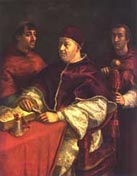 |
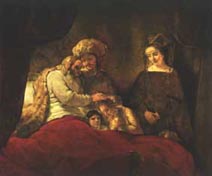 |
 |
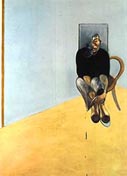 |

